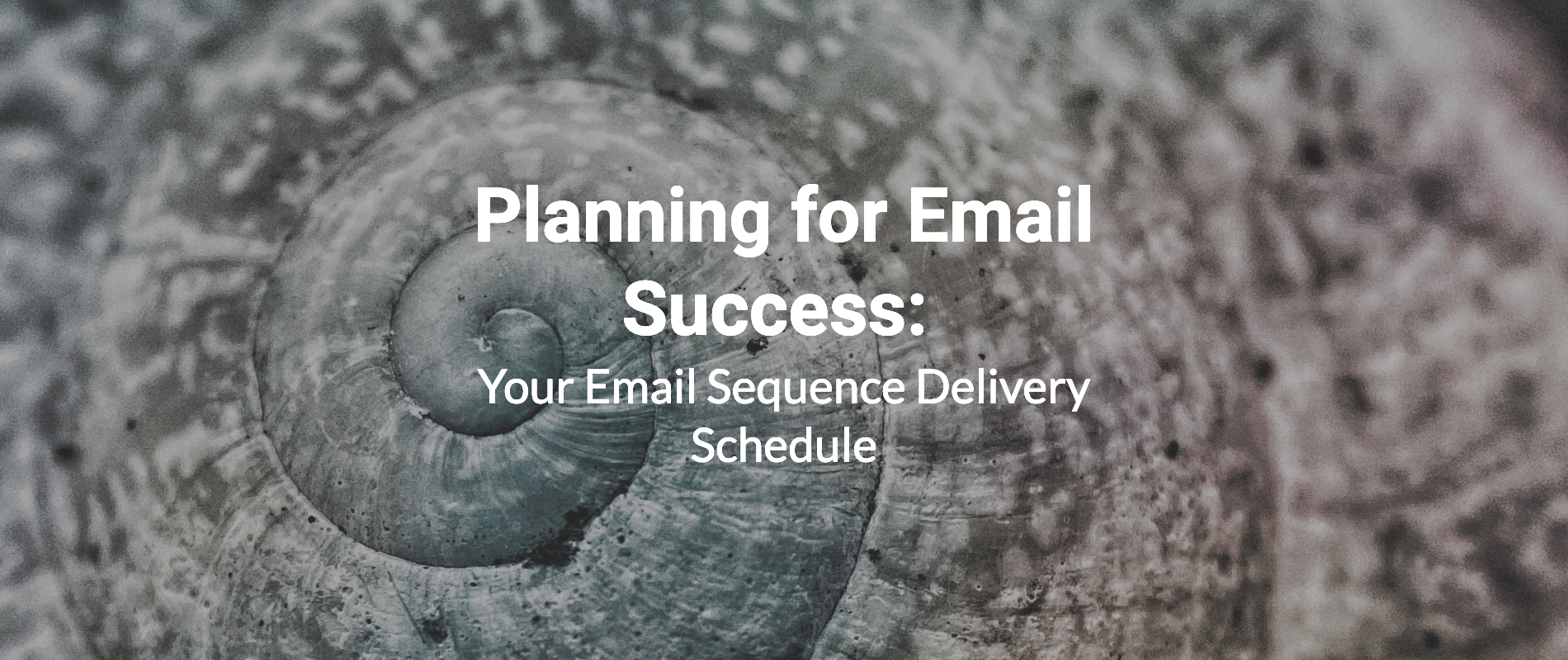What is the right cadence for a drip email sequence or lead nurture email campaign? In other words, how often should you send new emails?
Best practices say to email more frequently in the early part of the email sequence, and less frequently in the later stage …
But remember, you’re emailing human beings! Planning an email cadence is about more than just how often you can email a lead before they get annoyed. You also need to consider:
- What’s their stage of awareness? Are they super familiar with your brand, your product, and/or your offer?
- What’s your lead’s everyday life like? Are they a VP that doesn’t get the opportunity to check their email more than once a day? Or are they a customer service agent who sits in front of their inbox all day long?
- What kind of content or information are you sending in your emails? Is the content connected or otherwise sequential? Does the subscriber need to take certain actions at certain times to accomplish their goal with this content?
A good place to start your thinking might be with the Fibonacci sequence — but don’t stop here.
The Fibonacci sequence is a series of numbers that describes a geometry found everywhere in nature — from snail shells to the centers of flowers. In this number series, the next number is found by adding up the two numbers before it: 0, 1, 1, 2, 3, 5, 8, 13, 21, 34 …
0+1 = 1
1+1 = 2
1+2 = 3
2+3 = 5
How this translates into an email cadence is to send the welcome email on Day 0, then the subsequent emails on days 1, 2, 3, 5, 8, 13, and so on. (There are variations on this — for example, Copyhackers recommends two emails on Day 1.)
That’s a great plan if you want to be strictly mathematical about it. I prefer to come at it from a place of connection and relationship-building, however — so here’s how I look at it:
The more excited your lead is to hear from you, or the more intrigued they are to learn more, the more emails you can reasonably send them in a shorter period of time.
For example …
- Right after they’ve signed up for an event or opted in for premium content
- Right after they’ve given you their email address at a trade show
- Right after they’ve seen a demo of your software or signed up for a free trial
When you think about it this way, it makes sense to flip the Fibonacci sequence around for things like demo welcomes. For example, you might send the “Thanks for scheduling a demo” email on Day 0, but then wait a few days to send the “I’m looking forward to chatting with you. What questions can I help answer on our upcoming call?” email — and then send a reminder the day before the demo and one the day of.
An interesting challenge I’ve run into a recently, however, throws a kink in the works of any email sequence planning: limitations in the email marketing software. In one recent case, Marketo wasn’t properly set up, so the company could only drip out emails on a set schedule (e.g., one a week). In these cases, obviously I recommend trying to resolve the situation with the software — get the MOPs team engaged, contact the software company’s customer support, etc. But in the meantime, work with what you’ve got. It’s better to send emails too close together or too far apart than not at all!
I can talk about email sequences allll day long. Wanna chat? Connect with me on LinkedIn and send me a DM.
